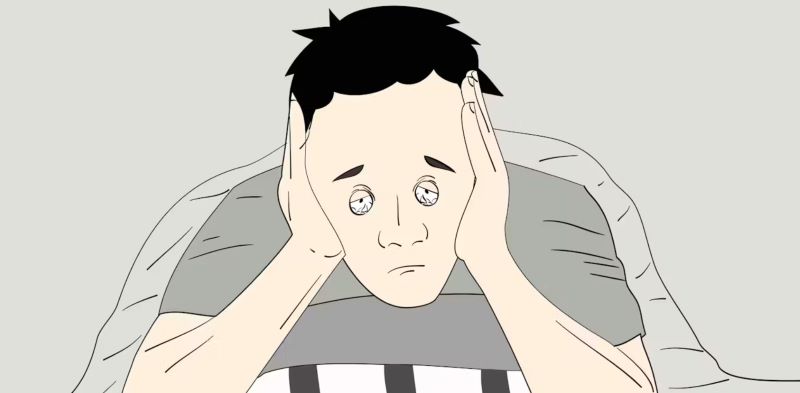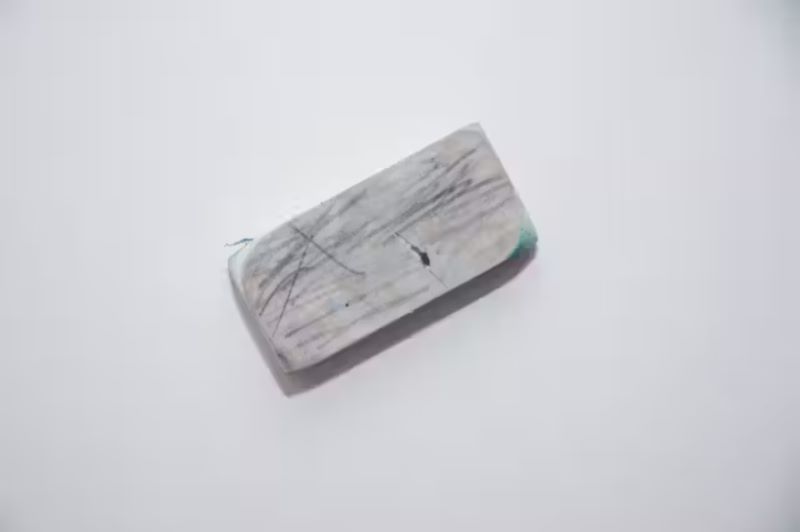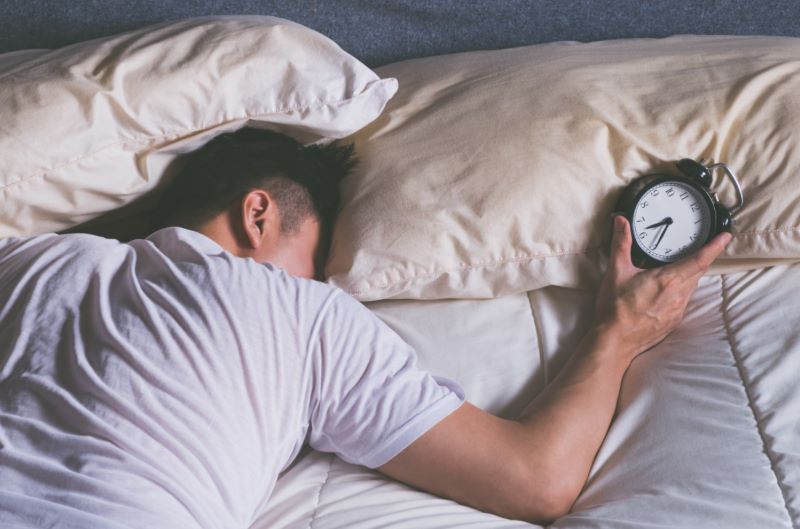
As his ability to exert some control over his OCD symptoms increased, Josh Weeks contemplated getting a tattoo. And despite his mind conjuring many arguments for avoidance, an inner determination helped him ride out the discomfort. Here he explores the complex reasons why.

By Dr. Josh Weeks
Writer
University of Amsterdam

Leticia Valverdes
Photographer
Introduction
The ink molecules enter beneath the layer of the epidermis. They float there, buoy-like, inhabiting the border between permanence and time. And as the needle scrapes across the ridge of my sternum, it is time – the terrifying certainty of it – that distracts me from the pain. Dreaded time; wasted time; the time I drew an arc along my forearm, preparing the template for the image that sits there now. A black-and-grey rose, a border coiled around its stem. A lyric from one of my favourite songs: “It’s the side effects that save us.”
Contrary to popular discourse, OCD is a noun, not an adjective. It stands for obsessive compulsive disorder, a condition which affects around one in 100 people, and it can, at its most severe, be both harrowing and debilitating.
Luckily, I am at a stage where I am able to keep my OCD under control, but that hasn’t always been the case. There are also millions of others without access to basic mental health support – fellow sufferers for whom simply existing can feel like a day-to-day battle.

“Dreaded time; wasted time; the time I drew an arc along my forearm, preparing the template for the image that sits there now.”
In simple terms, OCD is defined by the relationship between unwanted thoughts and feelings (obsessions), and the behaviours that serve to neutralise those thoughts and feelings (compulsions). This relationship can take a multitude of forms, but what remains a constant is OCD’s underlying paradox: the longer and more frequently a compulsion is acted upon, the stronger the attendant obsession will become. It is a condition that gives weight to the term “vicious cycle”.
In addition to medication and exposure response therapy (ERP), the latter of which is widely accepted as the gold standard of OCD treatment, I have my own set of strategies for dealing with the condition. One of those strategies revolves around tattoos. Ever since I can remember, tattoos have held an ambiguous place in my imagination.
Stories Written on the body
Like lots of 90s kids, my idol growing up was David Beckham, and later – when my interests shifted from football to music – Simon Neil, the frontman of Scottish rock band Biffy Clyro. These figures harboured a fascination for me, not just because of their respective talents, but because of the stories writ large across their bodies.

“I have my own set of strategies for dealing with my OCD. One of those strategies revolves around tattoos.”
Theirs was skin that resembled an illustrator’s sketchpad, less a physical container than a plane of possibility. It was beauty and artistry and boldness all at once. It was also an emblem of a leap of faith that I thought I’d never be able to take.
Until recently, the idea of getting a tattoo seemed fraught with danger, interminably bound up in my head with self-imposed catastrophe. The conclusiveness of the process, combined with the stigma that surrounds tattoos in certain walks of life (I’ve since come to learn that hand tattoos are referred to as “CV killers”), made it particularly susceptible to the mantra of OCD: What if it looks terrible? What if you change your mind one day? What if the needle was contaminated?
Following a particularly traumatic OCD episode this time last year, however, I knew that enough was enough. It was time to take things into my own hands.

“Like lots of 90s kids, my idol growing up was David Beckham, and later Simon Neil. These figures harboured a fascination for me, not just because of their respective talents, but because of the stories writ large across their bodies.”
Facing the fear
The fundamental premise of ERP is that, instead of avoiding or trying to dispel the things that make you feel anxious, you should expose yourself to them, thus allowing your brain to grow used to what it perceives as a threat. As you gradually increase the level of exposure, these threats become less threatening, with the idea being to reach a stage where you are able to live with your obsessions rather than being controlled by them.
What if, I wondered, I were to apply a similar principle to tattoos? What if taking ownership over my body could lead to healing through ink?

“Instead of avoiding the things that make you feel anxious, you should expose yourselves to them, thus allowing your brain to grow used to what it perceives as a threat.”
Tattoos have become a way of reminding myself that to be alive is to be uncertain, and that the journey towards accepting that fact is as liberating as it is gruelling. They represent a protest against the very concept of regret – a means of embodying the openness and imperfection that grants selfhood its entropy.
This is not to say that I’m not careful about what I put on my body. Like all cultural objects, tattoos have a history, and it is important to do your research before committing to something. What it does mean is that I am better able to negotiate such decisions, and that I am no longer willing to let my OCD convince me to always take the less-threatening option.
In light of this motivation, it is difficult to know what to say when I am asked what a particular tattoo means to me. When it comes to healing through ink, meaning is liquified. The medium bleeds into the message.

“Tattoos have become a way of reminding myself that to be alive is to be uncertain, and that the journey towards accepting that fact is as liberating as it is gruelling.”
Steps in my Recovery
In her essay ‘The Great Ephemeral Tattooed Skin’, feminist philosopher Patricia MacCormack suggests that “[t]he skin is where the self enters the world and the world enters the self”. She also speaks of tattooing as “an external articulation of a subject’s will, based both on individuality and belonging”.
Both these claims, I think, apply to my own relationship with tattoos. Whether it be the hand of playing cards on my upper-right arm, or the imperfect swallow that occupies my left wrist, the images and words scattered across my body do not just express the difficulties of living with OCD, but also self-directed steps in the process of my recovery.
I’ve slowly come to realise that pain and joy – necessary pain and genuine, life-affirming joy – can never be fully separated; they are braided with one another in a dialectic that is inherently contradictory. To hurt is to heal. To invite fear is to challenge it. And in my case, to get tattooed is to enter a space where doubt and desire cross-pollinate to produce growth.
My tattoo artist puts down the needle and tells me that she’s finished. Splayed across my chest is a quote from the Chilean author Roberto Bolaño: “Only in chaos are we conceivable.” My first impression is that I adore it – that it’s probably my favourite so far. Within minutes, my OCD has decided to offer its opinion. As I allow the intrusive thoughts to run their course, the healing continues.
Originally published by Wellcome Collection, 07.12.2023, under the terms of Creative Commons Attribution 4.0 International license.






